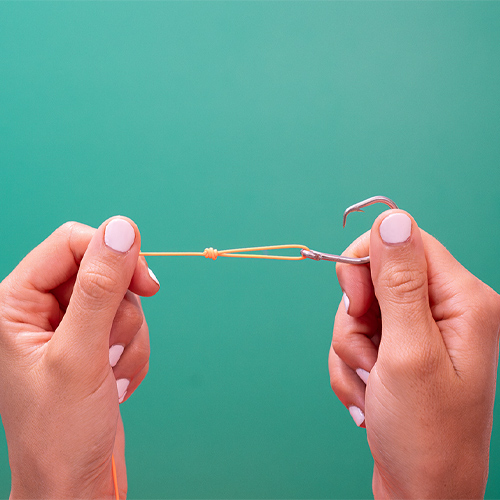How to Fish the Tides
Knowing how to fish the tides is one of the most valuable skills you can learn as a saltwater angler. This knowledge can positively impact your practice.
You know that there are different techniques to apply during these periods depending on where you plan to fish? Not to worry though, these techniques are easy to pick up once you have a better understanding of how tidal movement affects fish feeding activity.
The first thing to do when learning how to fish tides is looking for the best tide to fish find a tide table or fishing tide chart for your fishing spot of choice. You can find daily fishing tide charts online or get a printed weekly tide chart at a local tackle shop. These charts provide tidal movement data in terms of feet. Once you know how to use a tide chart, the process of learning how to fish tides will be much easier.
How To Fish The Tides Inshore
Tides have a large impact on fish feeding activity in saltwater inshore bay and estuary areas. Fish will generally move towards shallow flats or shorelines to feed on a rising or incoming tide. As the tide goes out, fish tend to follow the current toward deeper waters. When fishing saltwater inshore areas, this simple rule of thumb will help you find feeding fish.
Tips For Fishing Inshore Incoming Tides
- If you are fishing from a beach or saltwater shoreline, you may want to consider timing your trip for the first part of an incoming tide. Rising water will begin to cover shorelines where crustaceans and other forms of prey like to hide. The opportunity for an easy meal draws game fish closer to shore to feed.
- When fishing incoming tidal current, try to cast your baits up into the current, and then let them naturally drift back toward you.
Tips For Fishing Inshore Outgoing Tides
- As tide levels in a bay or estuary area recede, focus your techniques on deeper channels, drop-offs, or passes that lead out toward open water. This tip on tides and fishing will apply whether you are fishing from a boat or from the shoreline.
- If you want to try catching redfish on an outgoing tide, cast a live shrimp rigged underneath a bobber or popping cork near the edges of inshore potholes or drop-offs.
How To Fish The Tides Offshore
While tidal changes may not be as obvious when fishing offshore, tidal changes do have an impact on deep sea fishing conditions as well -- just keep in mind that weather and wind current can overpower tidal flow when you're out in the blue waters. During periods of slack tide, offshore currents aren't as strong and bait fish are better able to escape from predatory game fish. However, once the tide begins to move, bait fish are swept along with the strong currents, making it easier for game fish to locate and pursue their prey.
Tips For Fishing Offshore TIdes
The best tides for fishing offshore can be either incoming or outgoing. While the current is moving, you will have a good chance at catching fish. Many offshore anglers believe that the periods just before a full moon tend to be the most productive due to stronger tides and currents that result from the increased gravitational pull.
- When offshore fishing you will often find pelagic game fish, such as sailfish or dolphinfish, swimming along with the current in search of prey. Try to position your boat to drift along with current that is created by the moving tide and winds so that you can reel your uptide fishing rigs back with the current or tidal flow.
- If you are deep sea fishing for grouper during a moving tide, you can try trolling a jig with a simple downrigger. Trolling is a good option when the tidal movement or current might prevent you from properly positioning your baits over structure.
Whether you plan to fish inshore or offshore on your next saltwater trip, use these tips to learn more about how to fish tides and see what a difference they make in the amount of fish you catch.
KEEP LEARNING

TakeMeFishing x Teen Vogue
Join us on a creative journey as fashion designer Ahmrii Johnson walks us through her collaborative vision and process with Teen Vogue and fashion brand, Rentrayage, to create a special piece.
LEARN MORE

First Catch Center Trailer Gallery
FCC Trailer Photo Gallery
LEARN MORE

How to Tie a Duncan Knot
Learn to tie a Duncan knot by following these five simple steps. Watch our new video.
LEARN MORE


.png?lang=en-US&ext=.png)